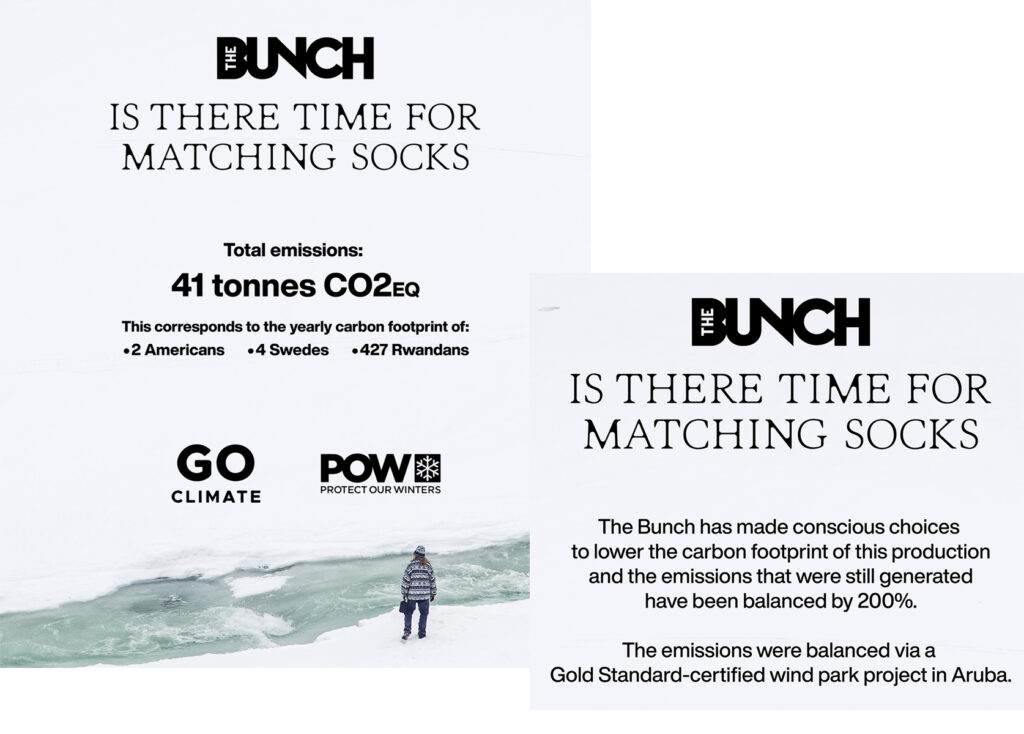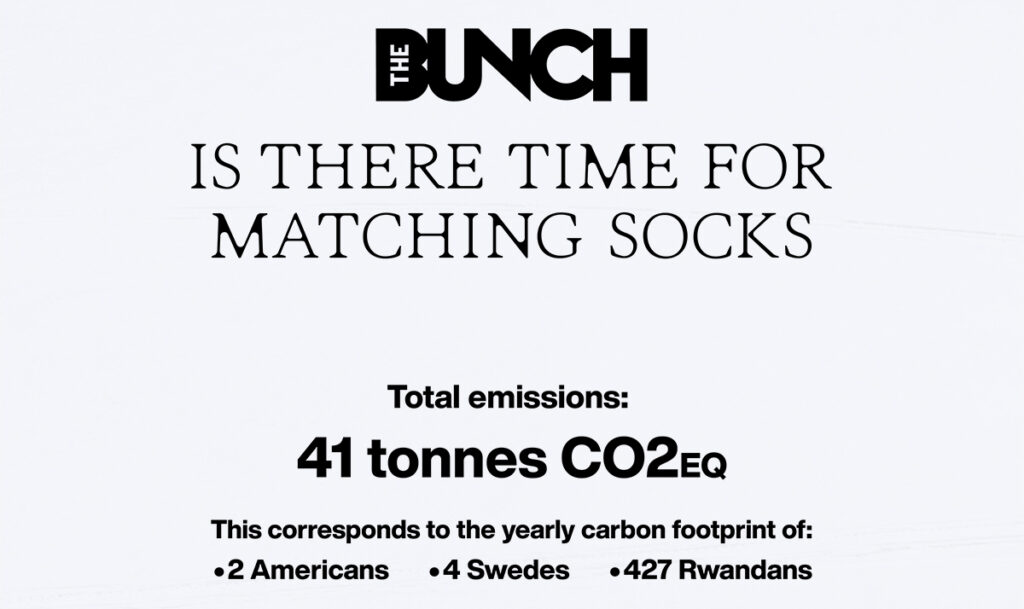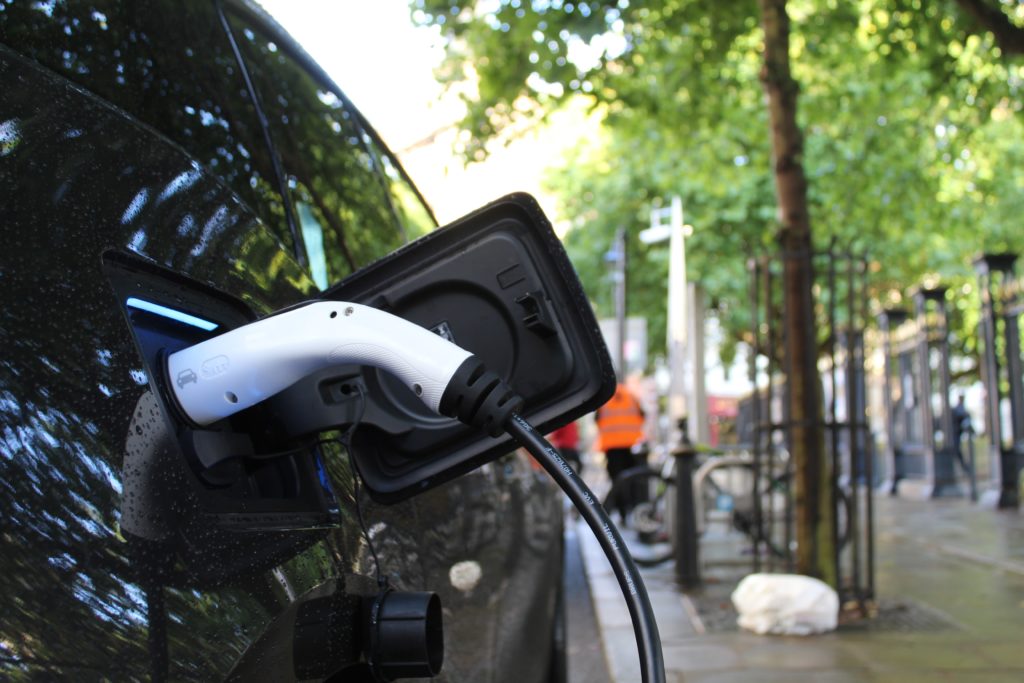There are currently multiple terms floating around regarding the climate and our relation to our emissions. This can be especially complicated for companies, who want to communicate their efforts to do good for the climate, but want to avoid confusion and even being accused of greenwashing. Therefore, it is important to use the right terminology with the right intent. Let’s figure this out!

What does carbon neutral mean?
“Carbon neutral” is something (like a product or a company) where the carbon emissions it causes are balanced, or compensated for, elsewhere. The result is that no additional CO2 reaches the atmosphere because of this product/company.
In order to call something carbon neutral, we must first measure the emissions that it causes, and make a careful documentation on this (GoClimate uses the GHG Protocol to measure the carbon footprint of companies). Then, efforts to reduce the emissions are implemented. This is obviously important because all emissions need to be drastically lowered to save the climate, but also to demonstrate commitment and integrity. Finally, the emissions that for some reason cannot be immediately abated are compensated for by offsetting (see our previous post of types of offsets). It is also important to note that all emissions throughout the life cycle and value chain should be included, not just the emissions from your own chimney.
There are two international standards which define carbon neutrality – ISO 14021 and PAS 2060.
Climate neutral is often used interchangeably with carbon neutral. Some argue that climate neutral distinguishes itself by including all greenhouse gas (GHG) emissions, and not only carbon. However, the common practice is that non-carbon GHG emissions are converted into CO2-equivalents, to make for a fair comparison and easier overview. Therefore, carbon neutral is in practice usually also climate neutral.

What does Net Zero mean?
The IPCC defines net-zero as that point when “anthropogenic emissions of greenhouse gases to the atmosphere are balanced by anthropogenic removals over a specified period”. The Paris Agreement sets out the need to achieve this balance by the second half of this century.
The process for becoming Net Zero is therefore fundamentally similar to being carbon neutral – emissions need to be measured, reduced and balanced. The difference lies in the level of ambition and as a consequence, the execution. The reductions should follow a serious plan to be aligned with the Paris Agreement, which implies reducing emissions by at least 50% every decade. The offsets to compensate for the remaining emissions need to be of the type called permanent removals, which actually binds atmospheric carbon dioxide and stores it with confidence in its stability (see our previous post of types of offsets).
The requirements for what can be classified as Net Zero is an ongoing work, currently driven by the Science Based Targets initiative (SBTi). Their comprehensive paper Foundations for Net Zero gives a solid description of the common ground, and which challenges still need to be resolved regarding this concept.
Climate positive
There is currently no common standard definition of climate positive, and sometimes the expression climate negative is even used to define the same idea. This is however built upon the concept of carbon neutral (climate neutral), and means that what it refers to (a product, usually) has been compensated for with more offsets than it actually causes. This means that the product comes with added climate benefits.
Business as usual
In this context, business as usual means to continue operations as if climate change didn’t concern you at all. We can all do better than this!
Hopefully this breakdown made these concepts clearer to you. If there are other terms you come across and would like to see included here, please leave us a comment below!















 ️
️











